After leaving Mammoth, I had a few disparate destinations lined up for the next couple of days. Realizing that my friend in Mississippi was out on an oilrig and unavailable for the next two weeks, I headed south just the same. Mississippi and Alabama are two states that I had never been to before. Although I knew this visit wouldn’t necessarily do them justice, I decided to cross them off my list just the same. The visits were cursory and incomplete in just about every way, but I stopped in towns in both states and grabbed coffee or veggies, checking in with at least one person in each. I promise I will be back at some point!

From Alabama, I headed north once more to Memphis. Here I reunited with Emma, a Batesie and fellow Apogee leader. As a teacher, she wasn’t free until about five o‘clock, so I had plenty of time to blog and hang out at a small coffee shop and bakery called Muddy’s. Although their vegan “Prozac” cupcake didn’t compare to Sweet Theory’s “So Fudging Good”, it was still a delicious treat! Emma found me there later that day, collapsing in a booth, where we began our check-in. Later, we returned to her house where we raided her fridge and cooked up a totally, dysfunctional, but delicious meal. We spent the evening swapping stories from Apogee, the classroom, and discussing life after Bates. As the last familiar face I would see before Thanksgiving, I was unbelievably grateful for our time together. I also showered for the first time in about a week, which felt absolutely glorious.

In the morning, I headed downtown and skated around Beale Street and Mud Island. My sandal ended up braking early on in my adventure, so I flipped my stance and awkwardly pushed my way back through Memphis. More than just a historic epicenter in the history of music, Memphis also represents a major turning point in my trip. Heading west out of the city, I crossed the Mississippi, leaving behind the eastern United States. I made sure I had epic, cinematic music from Inception playing as a rolled over the bridge… into the west!

My first stop in Arkansas was Little Rock. There, I hopped on my Bureo board once more (having changed my footwear), and scooted up and down the river through sculpture gardens, music venues, and playgrounds. As the day heated up, I headed for Little Rock Central High School. The school, still in use, stands as a living monument to the history of segregation in America, but also as a reminder of the slow, but meaningful progress we made in the 1950s and 1960s. Having taught the Civil Rights Movement just months earlier, it was really cool to pay homage to such a crucial battleground of that struggle.

Just southwest of Little Rock, lies Hot Springs, Arkansas. As I entered the town, I saw a sign declaring that this was the boyhood home of former President Bill Clinton… Cool! More importantly, in my opinion, is the fact that Hot Springs, AR is the quasi-birthplace of the National Park System. In 1832, Congress designated a four square mile area of geothermal activity as a National Reservation. Predating Yellowstone by roughly 40 years and the National Park Service by almost 80 years, Hot Springs marked the first federally protected area of land in the United States. It established the idea of federal land conservation. Even though, it didn’t receive National Park status until 1921, Hot Springs’ legacy is undeniable.
All that aside, Hot Springs National Park is one of the strangest National Parks I have ever visited. To me, it felt more like a National Historic Site than a National Park. The main attractions of Hot Springs are the spring-fed spas of Bathhouse Row. In these epic marble and stone bathhouses, geothermal-heated water cleansed and healed 18th, 19th, and 20th century patrons. Contemporary doctors would prescribe a vacation to Hot Springs as a remedy for hemorrhoids, syphilis, arthritis, paralysis, and many other ailments. As a result, this out-of-the-way town grew quickly becoming a hot bed of gambling activity, a hideout for members of organized crime syndicates, and a location for baseball spring training. People like Babe Ruth and Al Capone found rest and relaxation in these restorative waters. Walking through the bathhouses reminded me of scenes from Titanic. The place had been ripped directly from turn-of-the-century America.
Beyond the bathhouses, Hot Springs National Park offers very little in terms of natural exploration. You can visit an open spring where 143° degree water steams directly from the ground. There are a few miles of paths running along the two hills abutting the downtown corridor that patients used for exercise during their stay on Bathhouse Row. The bathhouses, however, are truly the main attraction.
Walking around Hot Springs, I had to rethink my ideas about National Parks. Here, I saw a park wildly different than Yellowstone, even though both have been set aside for their geothermal activity. As I wandered the streets watching elderly men and women filling jugs of water at the many public water stations, I understood that this park had been designated to protect a resource. In the 19th century, people considered the 4,000-year-old water welling up from the ground to have mystical properties that should be protected so that all could share in their healthful qualities. This is not necessarily unlike all the other parks in the NPS. Outdoor recreation and access to wilderness were specifically stated as important reasons for designating Shenandoah National Park, as East Coast inhabitants could not be expected to travel so far west to partake in the restorative landscapes of Yellowstone and Yosemite. My difficulty in understanding Hot Springs’ importance is, therefore, a function of the changing role of the National Parks in our modern society. Many people see them now as places where we can escape the confines of society, where we can bear witness to sublime wilderness, or where we can witness the American conservation ethic at work. Yet there are many, many more reasons why people visit America’s National Parks. In my opinion, what matters most is not why they visit, but that they do visit the places that we, as Americans, have protected for ourselves and for future generations.

For me, Hot Springs will always serve as a reminder that we all bring different mindsets to our adventures in the National Parks. I can’t expect an early 19th century visitor to have felt the same way I do when I stared at Bathhouse Row just as I cannot begin to understand what is going through the mind of someone staring at the Grand Canyon for the first time. We all bring different expectations and suppositions to our lives and those will undoubtedly be manifest in our experiences within the National Parks.
My goal for the National Parks thus far has been to spend at least two days in each park. Due to scheduling and available opportunities within each park, I have not followed through on this in every park. Biscayne (with its limited access to the reefs), Congaree (with its unavoidably flooded trail systems), and Hot Springs (with its sparse offerings) are examples of parks that didn’t necessarily warrant two whole days of exploration when I was there. Under different circumstances, I think they would. Hot Springs, however, is definitely a one-day affair in my opinion…
With not much left to do in Hot Springs, I decided to head for a section of Arkansas’s ancient mountain range: The Ozarks. Despite Hot Springs’ limited offerings, it is surrounded by National Forests that are full of hiking trails and opportunities for adventure. My timing was such that I decided to simply drive through Ouachita National Forest, stopping frequently to enjoy the turning colors of Arkansas’s vast forests. In the light of the setting sun, the forests around appeared to be just past peak foliage. The once-vivid leaves were drying out, turning brown, and falling to the forest floor. Along the road disparate clusters of decrepit houses with rusting farm equipment, vehicles, and piles of scrap metal festooned about their properties effectively punctuated the muted, but beautiful foliage. Man and nature felt oddly in tune here.

Sadly, this was also the site of my first “close call” with another vehicle. Route 279 is a two-lane highway that winds through Ouachita at 55 miles per hour. During one relatively straight stretch, an oncoming truck drifted unknowingly into my lane not more than 150-200 feet in front of me. When the driver did not correct his course immediately, I evasively swerved off the road entirely to avoid the collision. Luckily, the shoulder was wide, flat, and stable, allowing me to complete the maneuver and return to the road safely. It was the closest I have ever come to an accident. Let’s hope it is the last time as well.
From the Ozarks, I headed south, crossing briefly into Louisiana. After hitting up a coffee shop and chatting with some locals, I crossed Louisiana off of my list as my 50th state. I promise I’ll be back to New Orleans someday (then it will really count…) After that detour, I turned west and began my lengthy journey across the great state of Texas and into the clutches of the outer limits of Hurricane Patricia. Don’t worry. All is well!

Map of the my Westward Travels


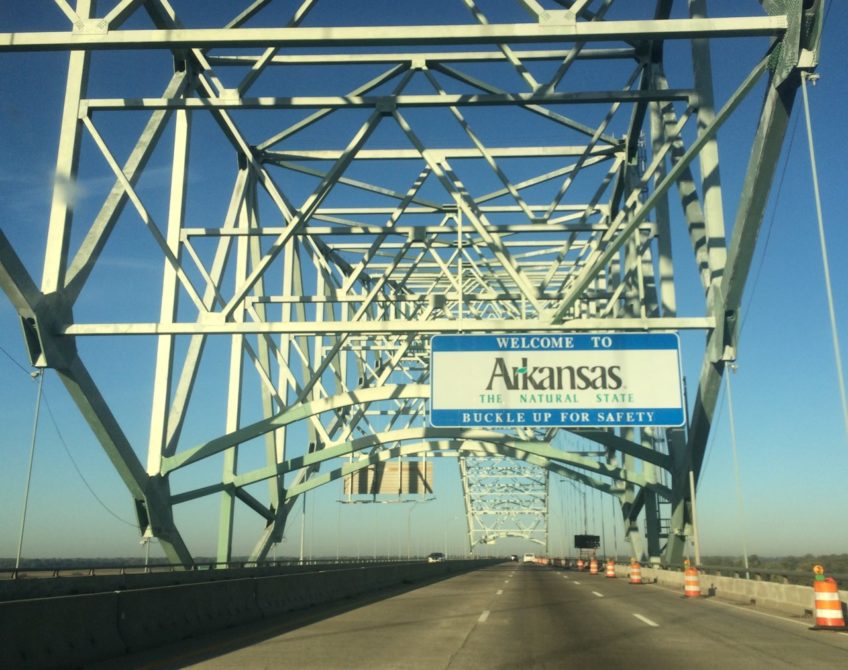
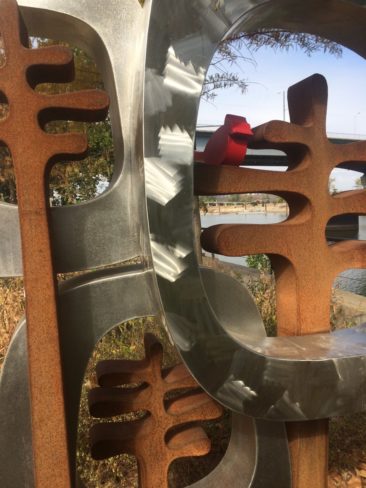
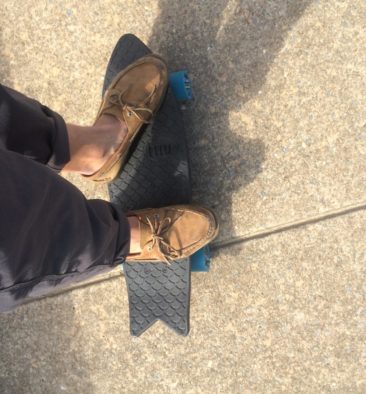
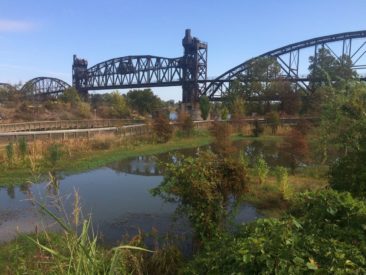
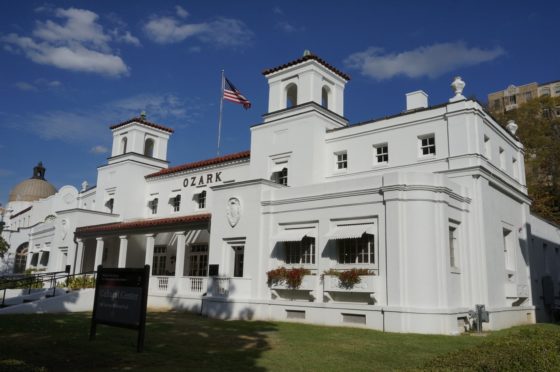

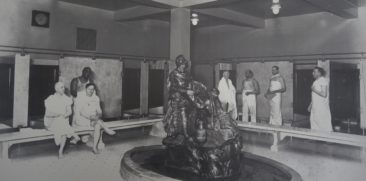

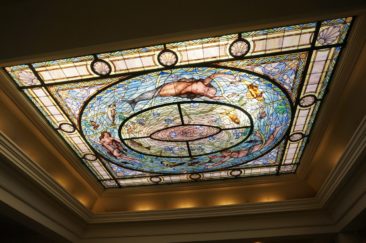
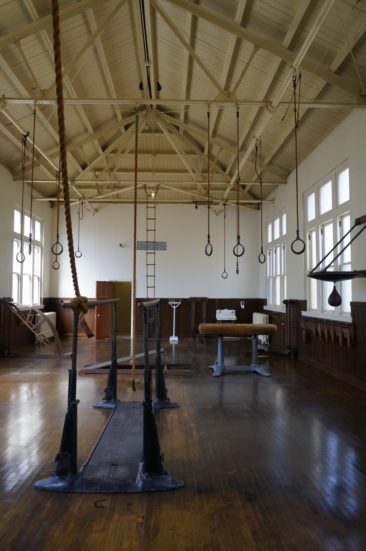
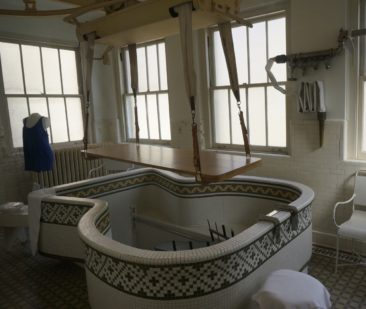
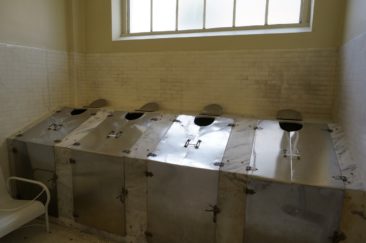
One Response
Jean Cronon
Thanks for another exciting story from your trip which was very informative. I was surprised too that there was a “National Park” there. Sorry you weren’t able to visit your friend. I had to hold my breath reading how you got squeezed off the road by a truck crossing into your lane.